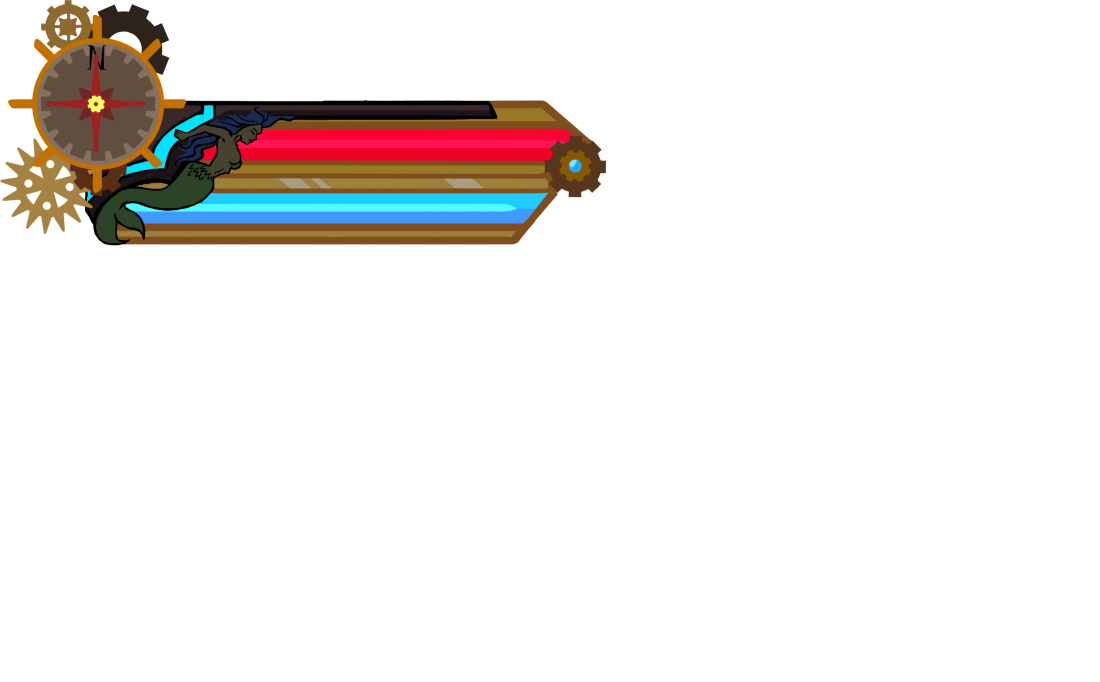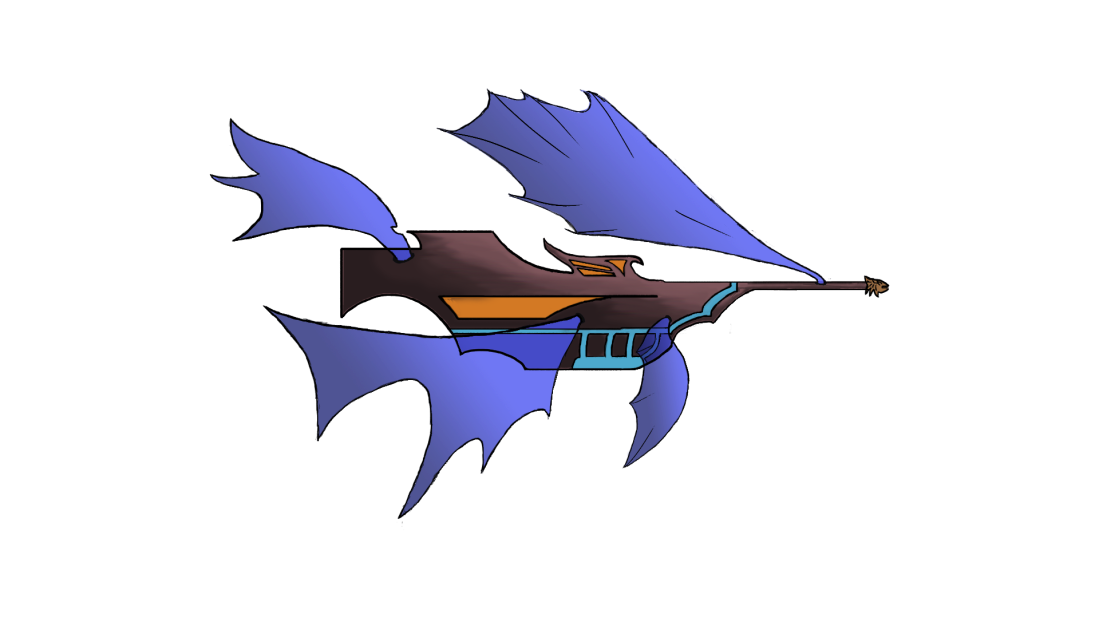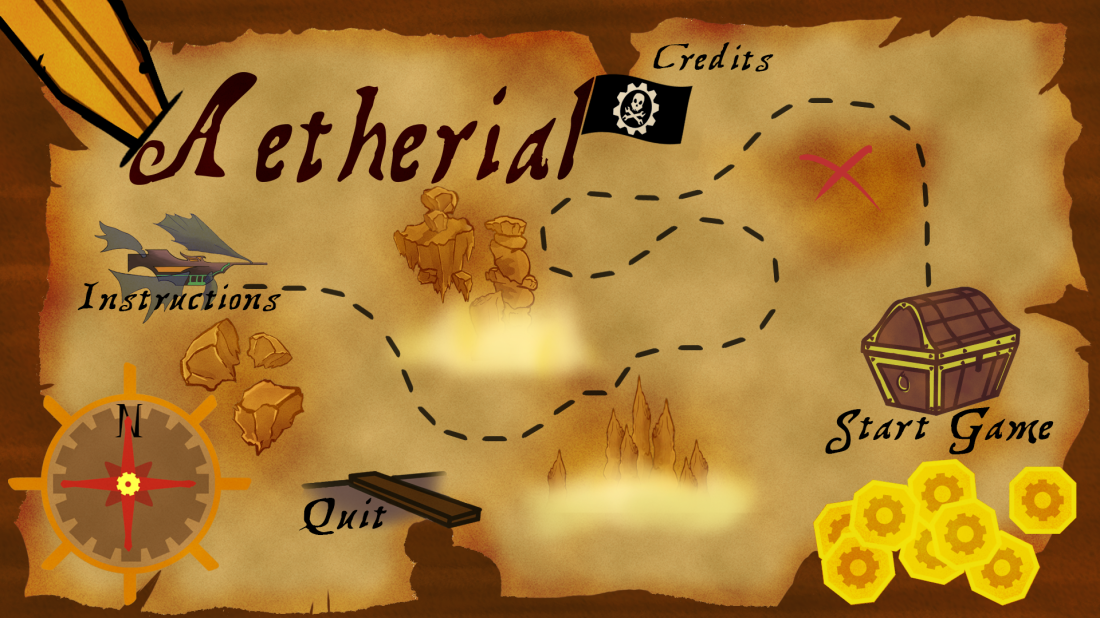With the 2D shooter game finally done it’s time to dissect it’s still warm corpse and see what I’ve learned during this project. There’s a lot of things I’ve learned so I’m just gonna mention some of the bigger ones and the things that really stand out.
First of all, let’s talk about the outcome of the game. During the final playtest we had a lot of people play our game and the vast majority seemed to be enjoying themselves. We didn’t get any harsh critique directed at the gameplay itself, except that we missed to give enemies some form of feedback when they’ve been hit. An actually fairly major thing. All in all however I’m decently satisfied with the project as a whole. I do however think that the game could have been a lot better if we as a team playtested the game more earlier on.
I’m myself would also have liked to have more animations for the ship and enemies, something that slipped partly because time-constraints and partly because we overscoped mixed with the fact that this was my first time working with animations. I’m also discontent with the sound effects in some places but that’s a whole other discussion.
Animations are time-consuming and they’re difficult: As most artist probably know at this point: Animations takes a lot of time to finish, even shorter ones where you’ve cut corners still takes a lot of time. Which coupled with the fact that they are hard to produce so that they look really good means that they take a lot of planning and a lot of time. Two things I didn’t always have or do. I did however become better at it during the weeks working on this. From needing around 12 hours to do a bad animation of a flying slug flapping its wing, to 2 ½ weeks for doing 2 decent animations and colouring them, to around 6 hours to do some better wing flapping, tail movement and some additional effects. It’s a brick wall that you just have to keep banging your head against it seems. For the coming project (and I don’t know how many times I’ve written this) I’ll try to sketch out the animation beforehand as well as do some more planning. On a side note, animating in frame animations is a lot easier than in the timeline, but also produces some wonky things from time to time. On this topic, consistency is hard to keep through a whole project, especially when you’re constantly learning new methods and ways of working and when you have people with different levels of expertise and schooling.
Animations might be hard, working together is harder: Being stuck with a group you didn’t choose where there’s some discrepancies in knowledge and motivation can be hard. Working together in the same group can be a nightmare. There’s a lot of group specific things that I could talk about. The valuable lessons I’ve learned doesn’t require that so I’ll spare you.
- Be open (about what you wanna do) and where your ambitions lie. This is so important so that you yourself don’t have an illusion about how much work the other members will do. It’s also really important to get to know one another quickly so that you can be honest and also ask for help when you need it.
- Fights and problem will erupt and as far as I’ve experienced it’s better to deal with any issue immediately rather than to wait for it to become a bigger issue.
- Do bonding exercises. Hang out together. Pretend it’s an RPG and you need to max out your social links. Make sure that you can build some trust and camaraderie with your teammates.
All of these are to me important factors when it comes to making sure that the group functions together and works towards a common goal since you eliminate problems early on in their lifespans as well as making everyone a bit more comfortable with one another.
This also helps to create a common-ground for expressing yourself and communicating with one another. Not speaking the same “language” was a huge issue for our team, especially in the beginning. This is something I really want to make sure doesn’t happen on the same scale again.
As an end, I would just like to remind myself (and everyone else) that playtesting is super super important, even if you are on a really tight schedule.
Our Frankenstein (game)
From the concept document we only kept the general ideas about what enemies to face, the standard shooting function and the restrictive aiming angle of the player character (the ship). We added a multi-shot power up, a laser and redesigned most of the enemies for simplicity’s sake. Like making the basic enemy just fire a projectile instead of circling you and firing projectiles. Doing these changes allowed us to focus more on other things for code, art and design since we had less restrictive and time consuming work.
The game itself ended up being a single long level which started in a tutorial area and ended in a boss fight. Our tutorial taught players about all the mechanics of our game and led into the level. The level itself had multiple backgrounds which correlated to the difficulty of the waves of enemies coming at you, with the difficulty increasing as the sky got darker. The boss in the end had three attacks; one that focused on horizontal movement, one that focused on pattern recognition and the last was about prediction.
Because of our insane and lovable programmer we also had a difficulty select in our game, which governed the health, damage and projectile speed of all enemies. This difficulty select was great for a couple of reasons. First of all it allowed everyone who played it to choose their own experience and secondly it allowed us, as developers to create a game where we could be challenged without making the game unplayable for anyone else.
We kept the name Aetherial since we couldn’t come up with anything better. We sat during the last few days of the project, spitballing names until we realised that we’d fallen for Aetherial and nothing really could replace it.
Bag it and tag it: Final thoughts (update)
As for the end-product itself, the game, I’m (in retrospect now) decently happy with it. It has fantastic music that really sets you in the mood to play the game, with it’s adventurous sound. The gameplay itself is also tight. With the different mechanics and the responsive movement, the game feels like the beginning to what could be considered a decent enough shoot-em up, if fully developed and released. The visuals do feel cohesive for the majority of the time – the menus are in a bit of a different style, same with the background objects. That is however, not very noticeable since a lot of art is reused between me and the other one who helped. I’m personally a bit disappointed with the boss – it worked, was difficult and gathered success amongst the players, I still feel however, that it’s lacking both visually and mechanically, something that in the future can be fixed by making more sketches earlier if a boss is on the table.
In the end I don’t have much to say about the game. We finished it 2 months ago and the lasting impression I got from the project is a feeling of proudness. We made a very classical and solid 2D shoot-em up with some decent visuals and amazing sound. Our designer made an amazing tutorial, only hampered by the team and a decent difficulty curve on top of that.
Every active team-member contributed to create a game that was good, even if it became stressful at times.
If anyone wants to see and play the game it can be found here https://drive.google.com/open?id=1VTRTh8AIFW6Mx7Lb39wm541SfNAvl9BN
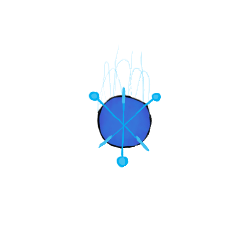
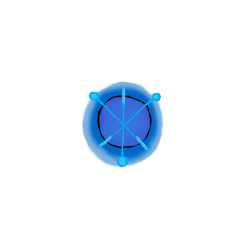


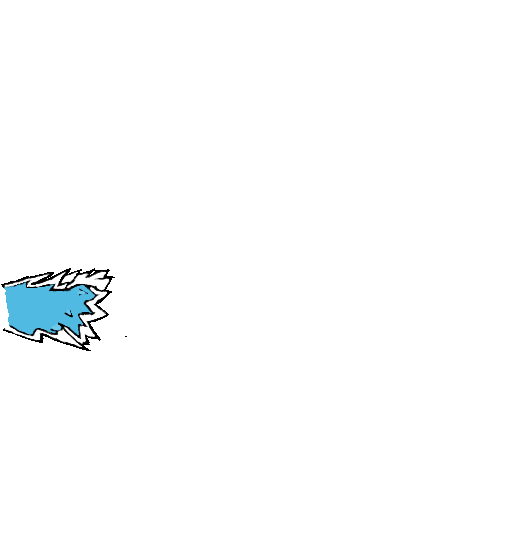

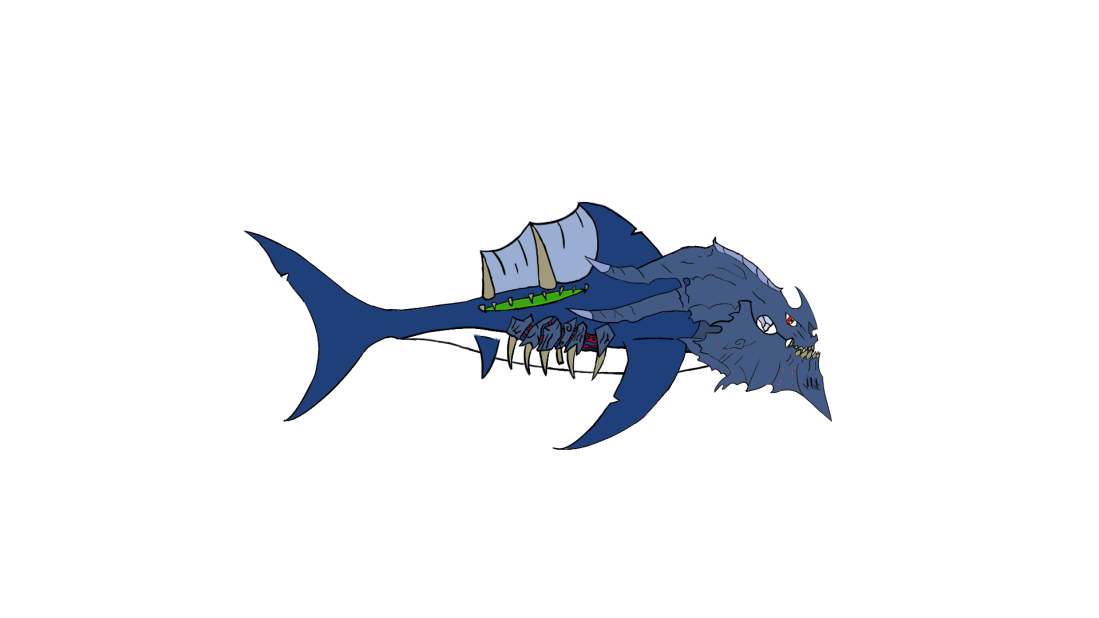
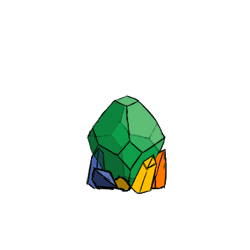

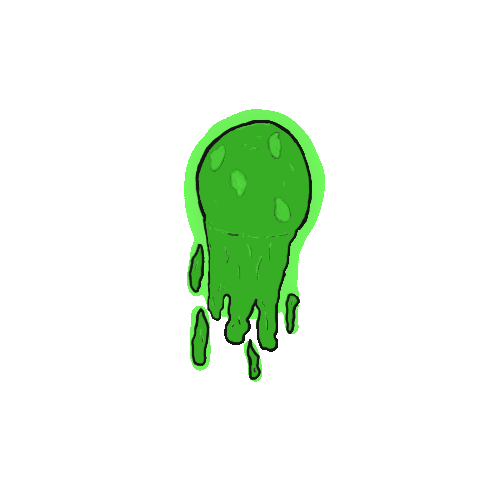
![A2LOA}S9JO0]@6%`3VF{G43.png](https://carlgraphicscourse.wordpress.com/wp-content/uploads/2018/03/a2loas9jo063vfg43.png?w=1100)
